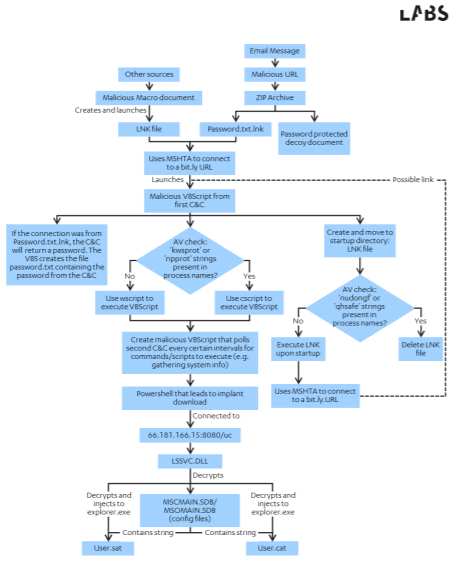The infamous Lazarus Group is holding strong. They show no signs of slowing down. According to a new report, the sophisticated hackers, connected with the North Korean Government, have left behind evidence.
Methods of Operation
Earlier this month, an unnamed blockchain technology company was hacked by the Lazarus Group. This time, it was a systems administrator who fell for a phishing scam by giving up their LinkedIn password to bad actors. The hackers were able to manipulate registry keys and gain access to the firm’s computers. Security firm F-Secure detailed the methods the hackers used in the attack and shared the results with the public. The new F-Secure report uses intelligence gathered from various recent attacks to paint a picture of the Lazarus Group. The report identifies a certain pattern they say can help businesses protect themselves from further attacks. Analysis of the attack found similarities in malware Tactics, Techniques, and Procedures (TTPs), and intelligence related to other attacks. The research matches details published by other security firms like Kaspersky and ESET.
Evidence
Though the Lazarus Group has not claimed ownership of many attacks, there appears good evidence that they were carried out by the same group. The paper demonstrates consistent markers throughout the attacks. For example, certain author names in the metadata of malware files appear the same. Some files also have identical save dates and total file sizes. This suggests that they all came from the same source.
Hiding in Plain Sight
Interestingly, the Lazarus Group, though thorough, left behind a trail of bread crumbs. In analyzing command line sequences, F-Secure found that some commands in the code were ‘hidden’ from plain sight. They said,Throughout F-Secure’s investigation it became evident that Lazarus Group was conscious to avoid detection and would remove evidence of their presence.However, the Lazarus Group did not remove all traces of wrongdoing. The hackers took down anti-malware software using easily identifiable and unique commands. This left the researchers with a calling card with which to identify the Lazarus Group. It’s F-Secure’s hope that by identifying these commands, companies will be able to prevent future attacks. Despite the fact that the Lazarus Group attacks were detectable, F-Secure also concluded that their methods were changing over time. Said simply, the hackers are learning from their mistakes. The firm is thought to be operating since at least 2017 and remains concentrated on the lucrative cryptocurrency industry. A separate though similar attack occurred when a teenage hacker used spear phishing to access several high profile Twitter accounts last month. Earlier this year, the US Treasury Department sanctioned two Chinese nationals in connection with a Lazarus Group malware attack on an Indian power plant.
Top crypto projects in the US | April 2024
Trusted
Disclaimer
In adherence to the Trust Project guidelines, BeInCrypto is committed to unbiased, transparent reporting. This news article aims to provide accurate, timely information. However, readers are advised to verify facts independently and consult with a professional before making any decisions based on this content. Please note that our Terms and Conditions, Privacy Policy, and Disclaimers have been updated.
Harry Leeds
Harry Leeds is a writer, editor, and journalist who spent much time in the former USSR covering food, cryptocurrencies, and healthcare. He also translates poetry and edits the literary magazine mumbermag.me.
Harry Leeds is a writer, editor, and journalist who spent much time in the former USSR covering food, cryptocurrencies, and healthcare. He also translates poetry and edits the literary magazine mumbermag.me.
READ FULL BIO
Sponsored
Sponsored
